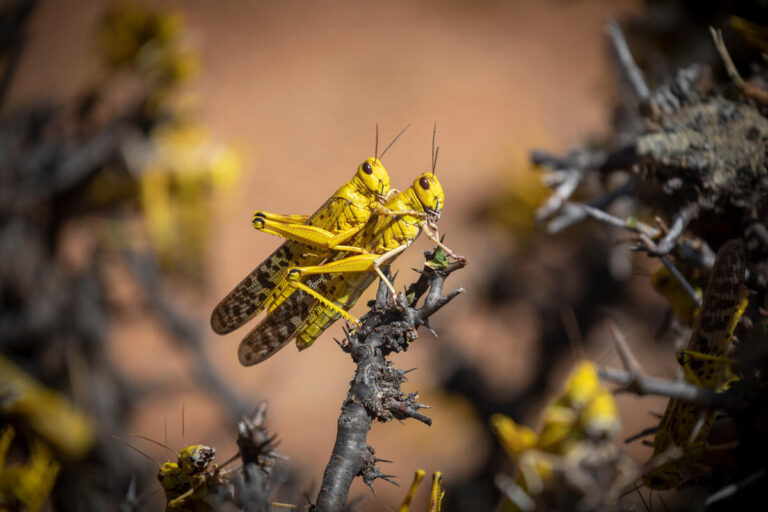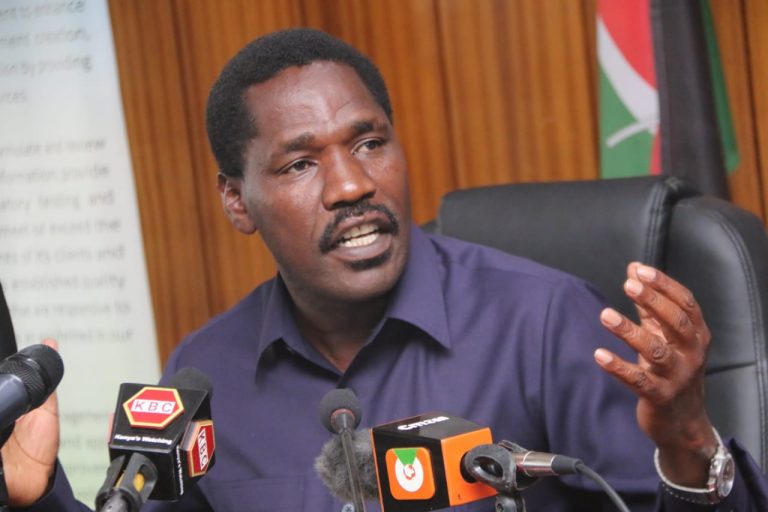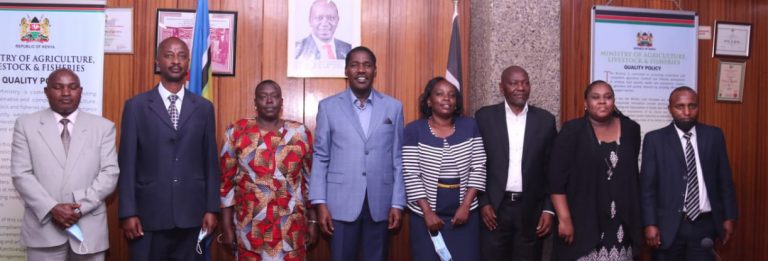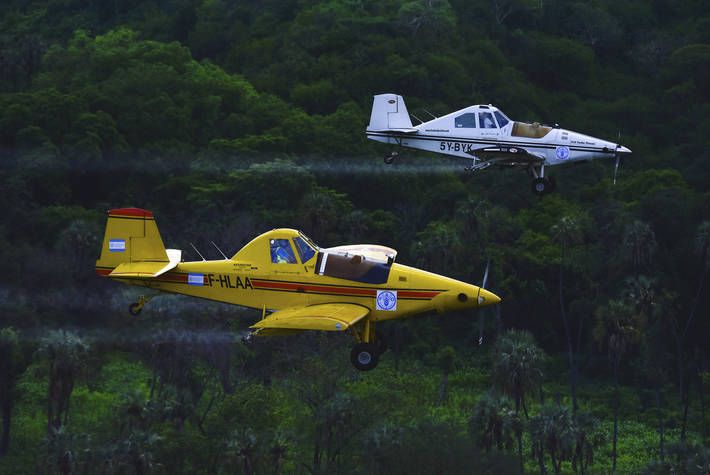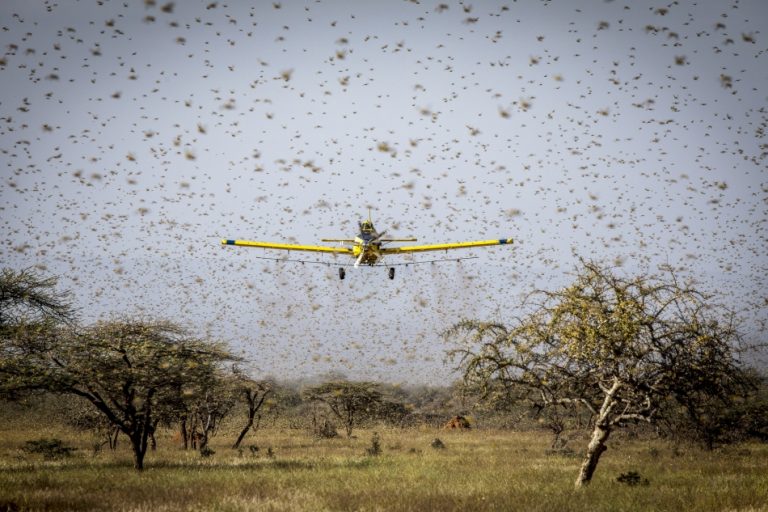The Kenyan government has assured Kenyans that it is in control of the locust invasion as most of the swarms have been controlled and the remaining 5 swarms are being monitored very closely. The assurance has been given by Peter Munya, the Cabinet Secretary, Ministry of Agriculture, Livestock, Fisheries and Cooperatives. However, the CS urges Kenyans to remain vigilant and immediately report any new swarms sighted. The government has provided additional Kshs. 230 million to support the control operations. The private sector has also stepped in to support the government efforts by hiring aircrafts which have controlled three swarms in Bassa, Kipsing, Naibungaga and Lantili in Isiolo and Laikipia counties
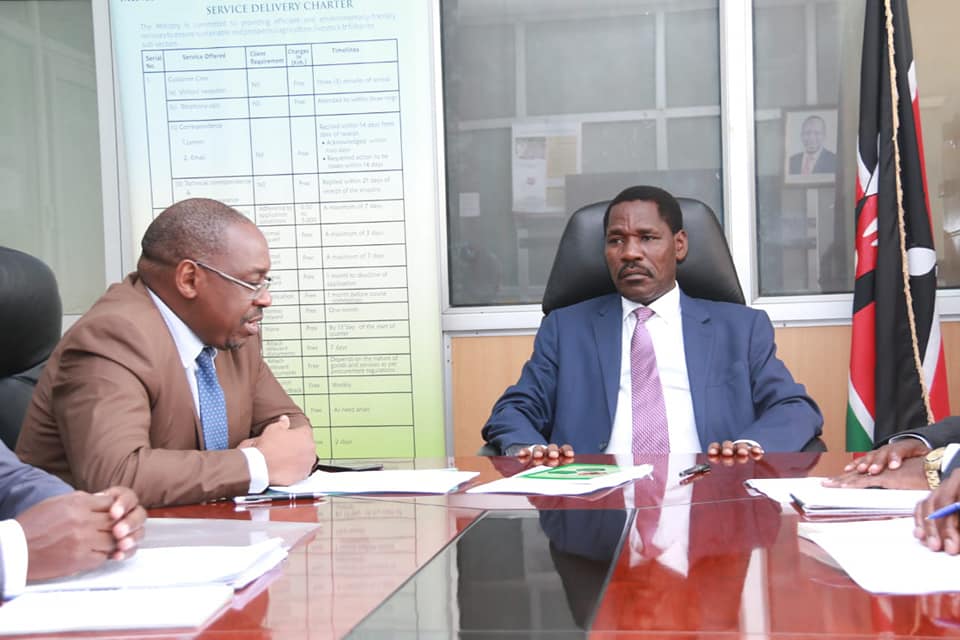
Munya says the Ministry is hiring and deploying three more spray aircrafts to cover Garissa, Marsabit and Mandera Counties. There will also be deployment of surveillance Helicopters from other government agencies including Kenya Wildlife Service (KWS), Kenya pipeline and Kenya Forest Service (KFS). An additional distribution of 20,000 litres of control pesticides and continuous capacity building of County field officers are other measures the government is intending to carry out as it fights the menace.
Kenya is experiencing invasion of desert locusts which started crossing the border into Kenya from Ethiopia and Somalia on 28th December, 2019. The invasion has so far been confirmed in eight counties; Mandera, Wajir, Marsabit, Garissa, Isiolo, Meru, Samburu and Laikipia.
In response the Ministry of Agriculture, Livestock and Fisheries says it initiated the following interventions to control the locust and stop their spread to other areas.
• Deployed two spray aircrafts, from the Desert Locust Control Organization of Eastern Africa (DLCO-EA), in Wajir and Isiolo. The aircrafts have undertaken aerial control of seven locust swarms in the following areas; Wajir county: Dulgub,Habaswein, Lakdima, Rhamu, Masaleand Beramu and Kachiuru in Meru County.
• Availed and distributed 4700 litres of control pesticides to four affected counties namely Wajir, Marsabit, Mandera and Isiolo.
• Availed and distributed support in form of control equipment – 3 vehicle mounted sprayers, 18 motorized knapsack sprayers, 50 hand held ULV sprayers, 175 Personal protective equipment (PPEs) to the affected counties.
•The government has deployed a team of experts to the affected area to train and mobilize the county teams that will support the control efforts. A total of 145 officers from the eight affected counties have been trained and deployed to do surveillance/monitoring of the pest.
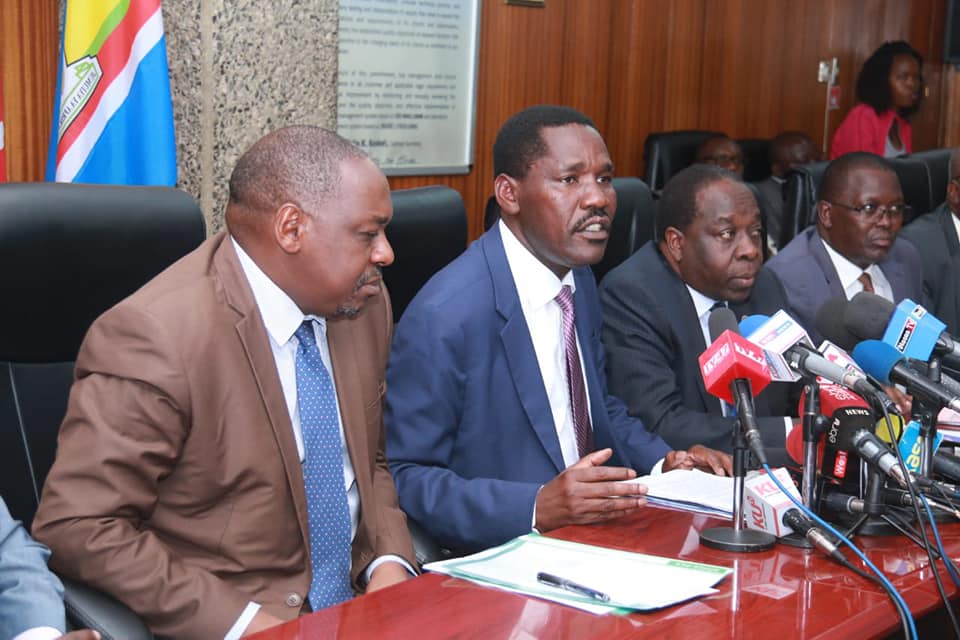
To harness available expertise the ministry has formed a multi-institutional technical team that will strategies and guide the management desert locust in the country. Members of the team are drawn from the following institutions;
§ Ministry of Agriculture, Livestock and Fisheries
§ Kenya Agricultural Research Organization (KALRO)
§ Kenya Plant Health Inspectorate Service (KEPHIS)
§ Pest Control products Board (PCPB)
§ Food and Agriculture Organization (FAO)
§ University of Nairobi (UoN)
§ International Centre for Insect Physiology and Ecology (Icipe)
§ Centre for Agricultural and Biosciences International (CABI)
§ Joint Agriculture Secretariat (JAS)
§ Council of Governors (CoG)


